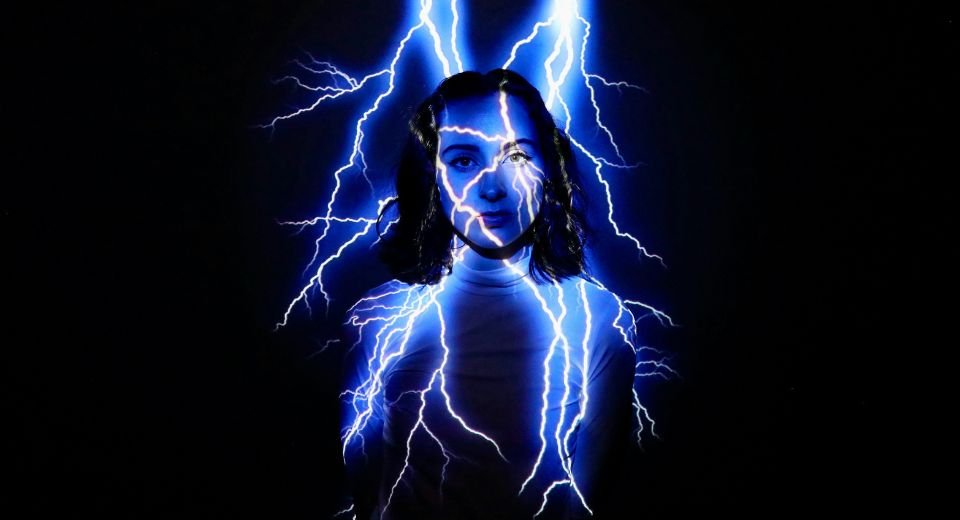By Aparna S
December 12, 2024: “Wound is where the light enters,” wrote Jalal al-Din Muhammad Rumi, a 13-century poet and Sufi mystic from Greater Khorasan in Greater Iran.
For many creative individuals, suffering is not merely an obstacle but a source of inspiration. From Ernest Hemingway to Vincent Van Gogh, history is dotted with “melancholic masters” whose works reflect the scars of pain and sorrow.
For these artists, creativity serves as a means to navigate the turbulent waters of mental anguish. Creativity often acts as a refuge for those experiencing psychological distress.
Poets transform their pain into literary masterpieces, while artists create iconic works despite living tragic lives. This artistic expression provides an escape from “psychache”—the pain of the mind.
Research supports what many creative individuals have long understood: creativity can be therapeutic, offering an escape from and a way to cope with trauma.
Tortured artist
Engaging in creative activities helps individuals adjust and acclimatise to their surroundings, which is crucial for recovering from trauma. Studies indicate that creative thinking fosters self-confidence, self-actualisation, and greater control over life’s challenges. It enhances resilience and improves overall well-being.
The stereotype of the “tortured artist” is grounded in reality, as studies reveal a complex relationship between creativity and mental suffering.
Prominent examples include Vincent Van Gogh, Virginia Woolf, and Sylvia Plath. While not every artist suffers from mental anguish, there is substantial evidence suggesting that individuals with stress-related disorders such as depression and anxiety are more likely to engage in creative activities. Art often emerges from unconventional thinking, which extreme emotions can intensify.
Creativity provides an outlet for expressing pent-up emotions. “Catharsis” refers to the process of releasing intense feelings like anger, fear, or unresolved trauma to alleviate distress. Creative expression serves this purpose.
Participating in creative hobbies can temporarily divert the mind from pain. It also facilitates meaning-making—transforming suffering into understanding—which fosters resilience.
Dopamine release
Functional MRI (fMRI) studies indicate that individuals engaged in creative pursuits exhibit increased activity in the prefrontal cortex, the brain region associated with introspection and problem-solving—skills essential for processing trauma.
Creative activities also boost dopamine release, a neurotransmitter linked to motivation and mood, explaining the sense of accomplishment felt after completing a poem or sculpting a piece of art.
The therapeutic potential of art has been clinically recognized. Art therapy is skillfully integrated into sensory integration therapy for autistic children, providing controlled sensory experiences through various colors, materials, and textures. This approach helps children become more comfortable with varied sensory inputs and addresses behavioral issues like noise intolerance.
Music has also been effectively used in sensory integration therapy to enhance communication beyond verbal expression. Narrative therapy for Post Traumatic Stress Disorder patients involves deconstructing problematic narratives into smaller parts to help clients gain deeper insights into their issues and reframe their life stories positively.
This process helps clients gain a deeper understanding of their issues and engage in “re-storying,” where they examine their life stories from various perspectives. Together, the therapist and client search for new meanings in these narratives, enabling them to alter existing traumatic stories or create new, positive ones.
Romanticising pain for art is a myth
However, it is essential to recognize the limitations of this perspective. Romanticizing pain or asserting that “suffering is necessary for art” is a myth.
Relying solely on creativity to address mental health issues without scientific intervention can be counterproductive.
The idea that personal suffering is a prerequisite for creativity is challenged by many artists who draw inspiration from curiosity, joy, or love rather than pain. Even for the so-called “tortured geniuses,” their creative journeys might have been more vibrant and fulfilling without the burden of agony.
A stable and healthy life can provide the clarity and creative energy needed for consistent artistic expression. While suffering can shape perspectives, it does not define creativity and is certainly not its most vital fuel.
Romanticizing agony may seem emotionally fulfilling but leads to an unhealthy glamorization of struggles and adversities. Although painful memories are part of life and can sometimes inspire or provide insight, they should not be sought after or idealized.
‘Sad genius’ archetype
Such romanticization trivializes suffering, which can be devastating and discourage individuals from seeking help. Many may feel that pain is an essential aspect of their identity and find solace in the “sad genius” archetype.
Simple daily practices such as journaling, gardening, and cooking serve as effective creative outlets. Mindful painting—combining meditation with artistic expression—can channel inner energy into a peaceful and creative path.
Creativity is a multifaceted and powerful response to trauma. It offers solace and builds resilience by transforming anguish into art. This connection fosters broader human experiences through which societies can promote healthy healing methods. While pain can teach us valuable lessons, it does not need to define who we are.
(Dr Aparna S is a consultant psychiatrist and an Assistant Professor at the Believers Church Medical College Hospital, Tiruvalla, Kerala. Views expressed are her own and not of an organization or company.)








